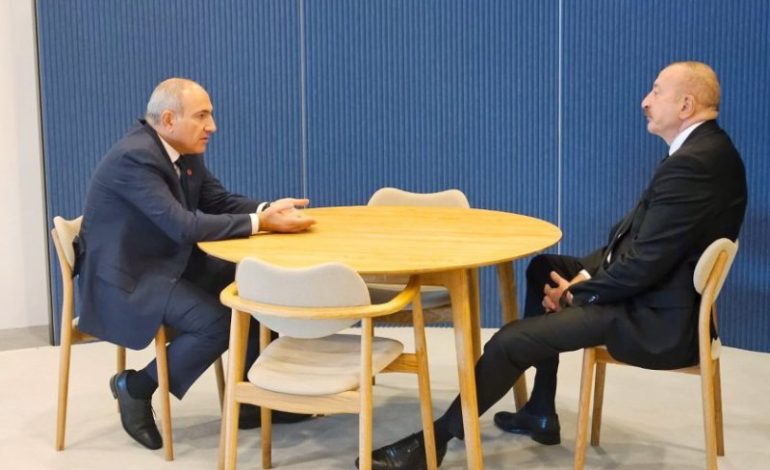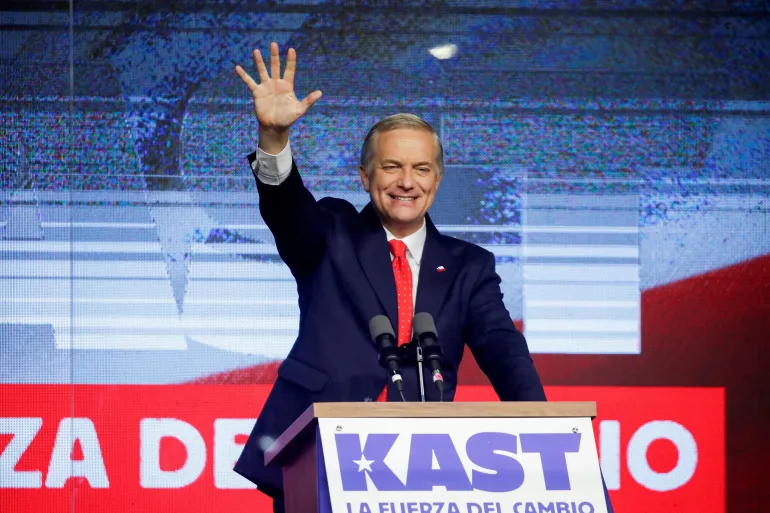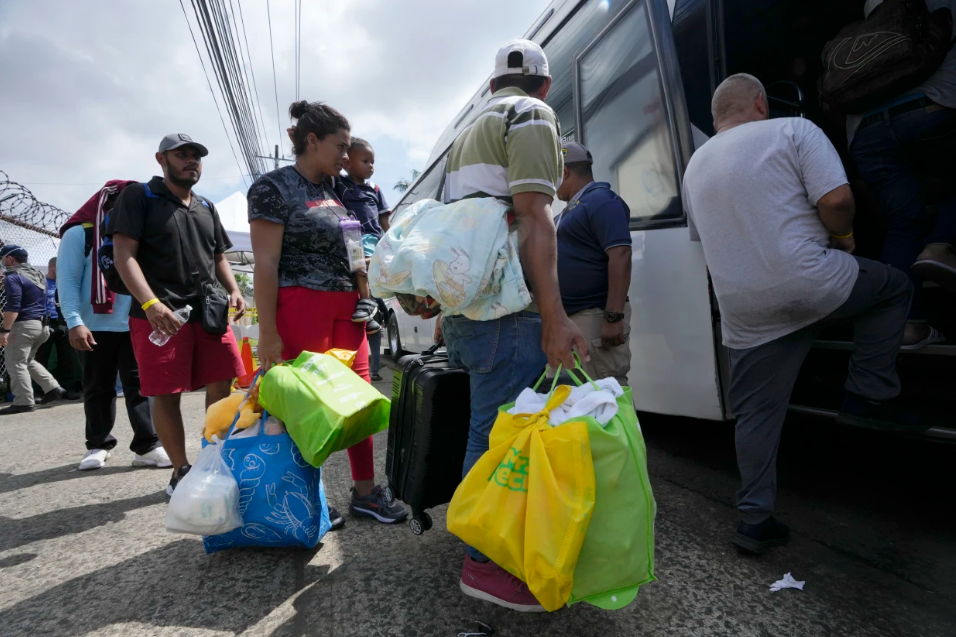Peace on Paper, Tension in Practice: The Unanswered Questions in the Armenia–Azerbaijan Process

On the surface, things look tidy. Armenia and Azerbaijan initialed a peace treaty in Washington on August 8, leaders met again in Copenhagen on October 2, and European Council President António Costa called it “a great moment for Europe.” Scratch the gloss, though, and a cluster of unresolved, high-stakes questions still sits at the heart of this peace effort — humanitarian, legal, political, and very practical.
Start with the people who can’t leave the room: 23 Armenians still held in Baku, including eight former Nagorno-Karabakh military-political leaders detained after Azerbaijan’s final offensive in September 2023. The European Court of Human Rights has ordered Azerbaijan to submit fresh information on their detention and health by 4 November, after Baku tried to stop the regular updates it had been providing. Strasbourg said no — the reporting must continue.
Armenian lawyer Siranush Sahakyan, who represents the captives internationally, says the ECHR’s figure matches Azerbaijan’s official number. But the human picture is murkier. She notes persistent talk of dozens more people — “often 80” — who may have been forcibly disappeared, with some cases ending in reported deaths after capture. Until recently, the ICRC was the only body with eyes on detainees, arranging visits and family calls. Its last access was in June; by September 3, the ICRC shut down its mission in Azerbaijan. Families now live off rumors and old phone calls — some of which included suicidal ideation from detainees. A Council of Europe CPT delegation has visited Azerbaijan; Sahakyan hints they might have met some Armenians, but details are sealed for now.
This isn’t just a side issue. The Washington texts and a separate White House declaration do not require releases. That omission fuels anger in Yerevan, where opposition groups accuse Prime Minister Nikol Pashinyan of failing to secure the captives’ freedom. Internationally, it undercuts the “confidence-building” story everyone wants to tell. If the ECHR deadline passes without credible transparency — or, better, releases — the peace narrative takes a hit.
Another thorny file: whether Karabakh Armenians will ever return to their homes. Pashinyan calls that “not realistic” and warns that talking up returns could endanger the process. His message to displaced families is blunt — plan your lives in Armenia. That stance may reduce friction with Baku in the short term, but it leaves open big questions about property, restitution, and longer-term reconciliation. Without a roadmap — legal, financial, or symbolic — this grievance won’t dissipate on its own.
Transit is supposed to be the easy win: reopen routes, unlock trade, lower temperatures. But even the vocabulary is contested. Yerevan rejects the term “Zangezur corridor,” saying it implies extraterritorial control through southern Armenia. Washington’s compromise language — branding the link the “Trump Route,” with US partners involved and Armenia retaining sovereignty — gets everyone to the photo-op. It doesn’t answer operational questions: customs, security, liability, dispute resolution. Meanwhile, small incidents — like a flock of Azerbaijani sheep wandering into Armenia near Sotk — keep reminding both publics how fragile the new “normal” is when the border demarcation and rules of the road are still in pencil.
With the OSCE Minsk structures closed, the process has new sponsors and fewer traditional guardrails. The US midwifed the Washington texts; Europe cheers on and its court (ECHR) now plays a direct role on detainees. But what’s the enforcement mechanism if either side drifts? What happens if CPT findings point to abuse? If a transit spat escalates? If a local commander misreads a map? Peace processes often hinge on the boring stuff — verification, timelines, tripwires, and consequences. Those bricks aren’t fully laid.
In Armenia, Pashinyan sells democracy and reform in Strasbourg while avoiding direct references to prisoners abroad, prompting protests at home. Families of missing soldiers and captives forced a meeting with the army chief; the powerful NSS chief’s trip to Baku drew speculation but no read-out. Parliament is preparing an extraordinary session to pass a ruling-party statement “On the Establishment of Peace,” even as it rejected an opposition bill to criminalize denial of the Armenian Genocide — another sign the ruling bloc is keeping tight control of the political agenda during a sensitive moment.
Across the border, Baku projects confidence, touts infrastructure and transport benefits, and leans into the closure of Minsk-era diplomacy. But the prisoner file, the treatment-of-detainees narrative, and the optics of former Karabakh leaders in custody keep Azerbaijan exposed to legal and reputational pressure — especially with the ECHR clock ticking.
If this peace is to grow beyond declarations, three tracks need real traction — fast.
First, humanitarian deliverables: verifiable access to detainees (CPT, ICRC or a credible substitute), regularized family communication, and a staged release framework tied to confidence-building measures. The November 4 ECHR deadline is the immediate test.
Second, technical scaffolding: a plain-English annex on the Trump Route — customs, policing, dispute panels; a border-incidents hotline with mandatory time-to-contact; and a public timeline for border delimitation milestones. These are the unsexy tools that prevent sheep — and soldiers — from sparking crises.
Third, justice and closure: a mechanism (even a narrow one) to log missing-persons claims, property claims, and alleged abuses since 2020, with defined channels to share information and acknowledge facts. No one needs a maximalist tribunal to start; a functional registry with outside oversight would already cool a lot of temperature.
For now, Europe applauds, Washington nods, and the South Caucasus exhales. But until the captives are accounted for, the return-vs-resettlement question is faced honestly on both sides, and the border / transit plumbing is locked in place, this peace remains provisional. The next real headline isn’t another photo-op — it’s whether Azerbaijan meets the ECHR’s November 4 bar, and whether both capitals can turn the hardest files into concrete, checkable steps. Only then does the paper peace start to look like the durable kind.









The latest news in your social feeds
Subscribe to our social media platforms to stay tuned